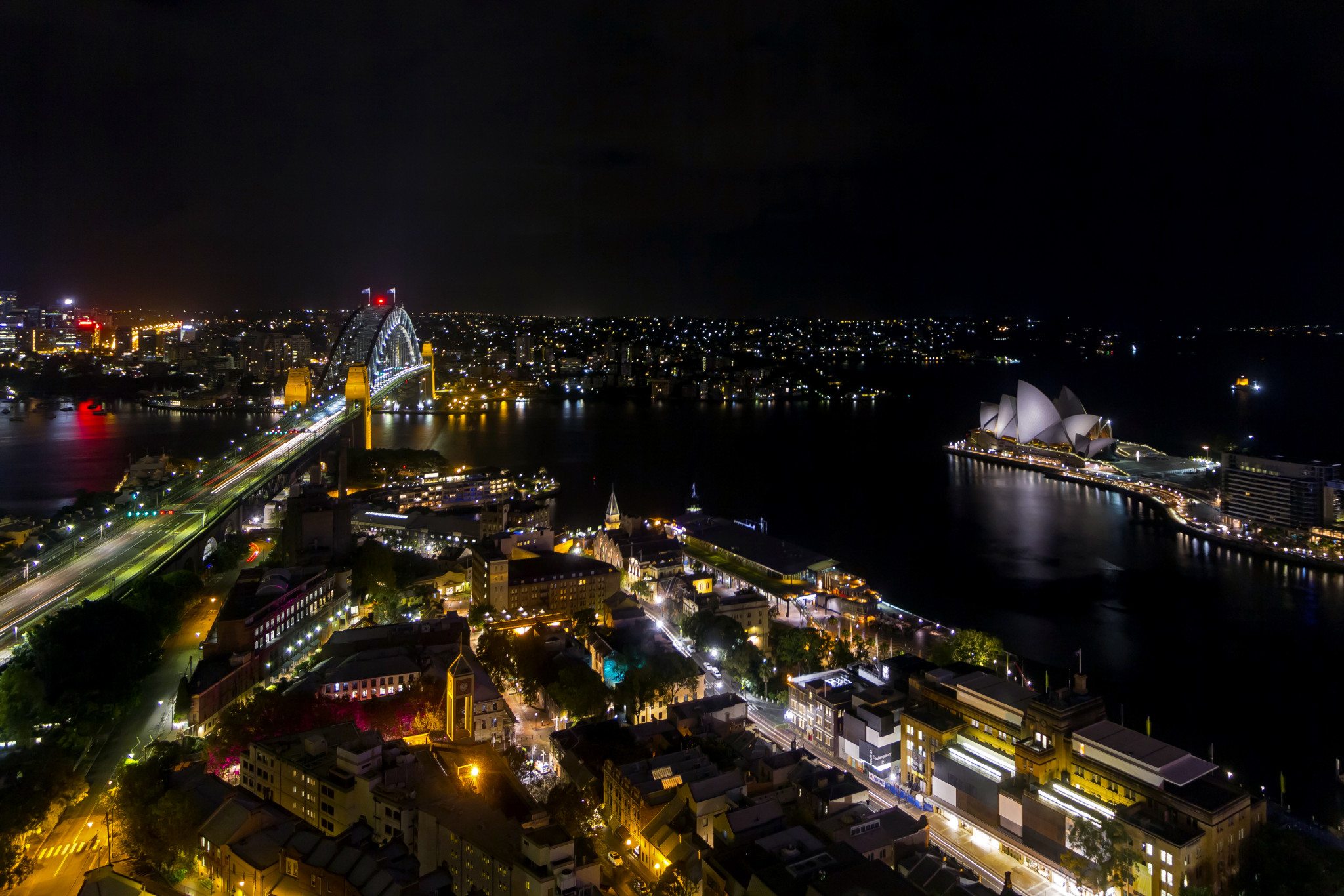Our Planet’s Landmarks Series #52
Unmasking Ibiza – Dalt Vila and More
The past year has seen me share my experience with the landmarks of our planet. This is the 52nd weekly post in the series. And, the last one. Next week, I bring you another series – one that enriches your photography skills. Stay tuned!

The rhythmic acoustic guitar strains of ‘I took a pill in Ibiza’ fade out. I remember DJs Solomun, Martin Solveig, Iseo, and Dodosound. And iconic nightclubs Amnesia, Privilege, and Pacha. For me, Ibiza and night-long partying become synonyms!

But that was before I went there.
As we drove away from the scenic Ibiza airport, I watched the sun play hide and seek on a gentle hill track. Our van slid into gravelly parking overlooking Sa Caleta beach. As we enjoyed a local brew and fresh seafood Paella, the blue of the Balearic Sea signalled oneness with the Mediterranean. Over lunch, I heard of the unusual cultural connections of Ibiza.


The Phoenician Connection
2600 years ago, Phoenicians built their first Neighbourhood in Ibiza. A stone’s throw from Sa Caleta beach. They exploited the close-by salt marshes. As the evaporating shallow seawater pools left a gleaming crust of salt crystals, the isle turned commercial. They were far from home but engaged in activities that included fishing, baking, weaving, and metalwork.

Phoenicians created an Acropolis, a defensive citadel called Dalt Vila, that faced the rising sun. While the Necropolis, the city of the dead, lay in the west.
Over the following centuries, this Acropolis became an important section of a forgotten atoll. Island’s ‘who’s who’ lived here, near the Governor’s Residence.

Ibiza was the first line of defence for mainland Spain against the seafarers! The original Acropolis had low and narrow walls. Suited for the mediaeval warfare of spears and swords. The 17th century brought wider and higher walls, built for the weaponry of the time – cannons. And large enough for them to move.

Dalt Vila Neighbourhood
The fortress has 5 entrances, the smallest facing the Balearic Sea and the largest facing Ibiza old town. Between these fortified bulwarks is the old city. Characterised by meandering lanes, designer boutiques, quaint cafes, and sprawling mansions with courtyards and swimming pools. A few, the castles of the affluent.
The old town lanes are narrow but clean. A walk around evokes romance. And the herbaceous aromas that waft through, typical Ibiza.

As you make your way downhill, you go past a cathedral with a clock tower. Stylish furniture and colourful bean bags welcome you to the roadside eateries serving local fare. Small studios display inspired art created by locals and settlers.
In a warehouse along the fort walls, I attended a short ‘metalwork and enamel-painting workshop’. The instructor highlighted this as a Phoenician art form.

The Necropolis
Past the last bastion lies the Necropolis. There is an interesting story about its discovery. A donkey walked across soft earth and fell into a hollow shaft in the ground. His hapless master tried to rescue him. And thus the Necropolis got unearthed.

Like Egyptians, Phoenicians buried their kin with things for the afterlife. The stone coffins within had human bones and material possessions. In fact, DNA analysis of these remains confirmed the Phoenicians existed in Ibiza. The on-site museum exhibits the finds from the graves. And it also screens documentaries on the subject.

I discovered a gem in Ibiza, different from what the world saw. A place that tells the tale of a civilisation proud of its defence strategies, town planning, and buried culture. UNESCO listing has brought it to the gazing eyes of the explorer. Time we present this landmark to the partygoers.
Mandatory Declaration: The post has affiliate links. It doesn’t affect the price you pay for the product/service but may earn me some money. The links have not biased the content.























Thanks for the information
You are welcome!
Great read and stunning photos. Thanks for sharing.
Glad you liked it, Tabish! Thanks for your kind words!